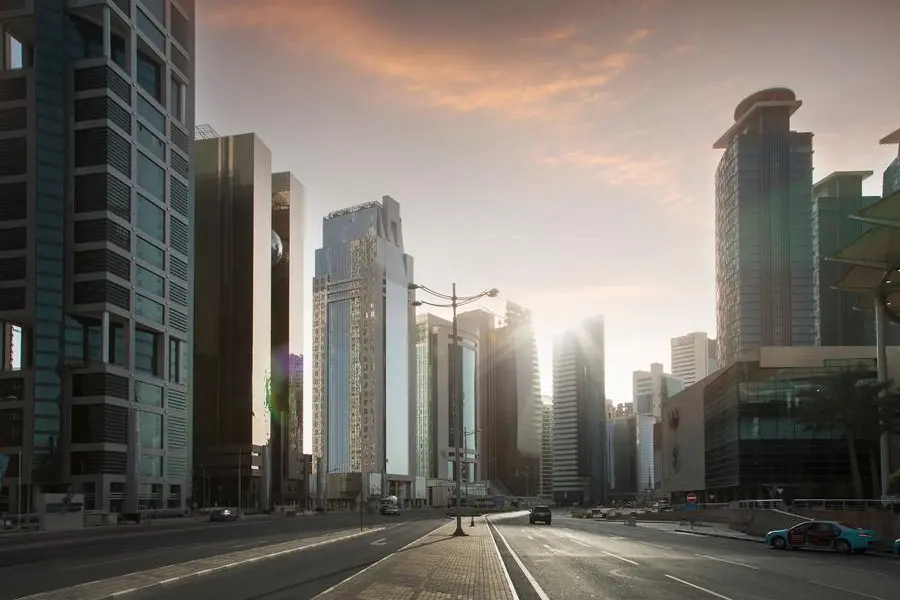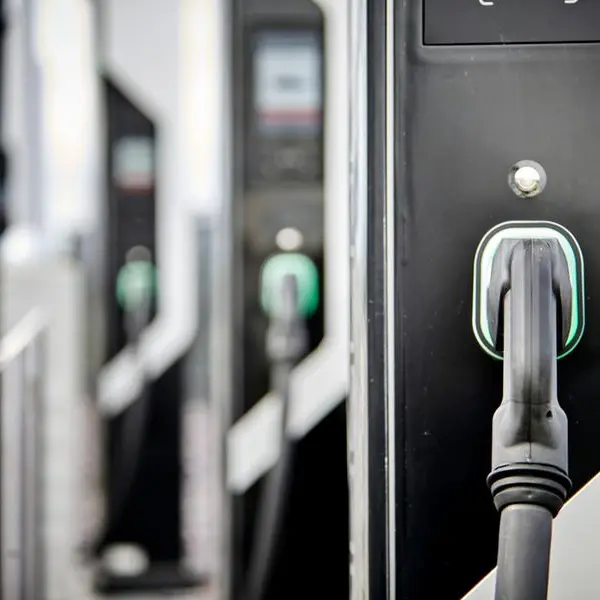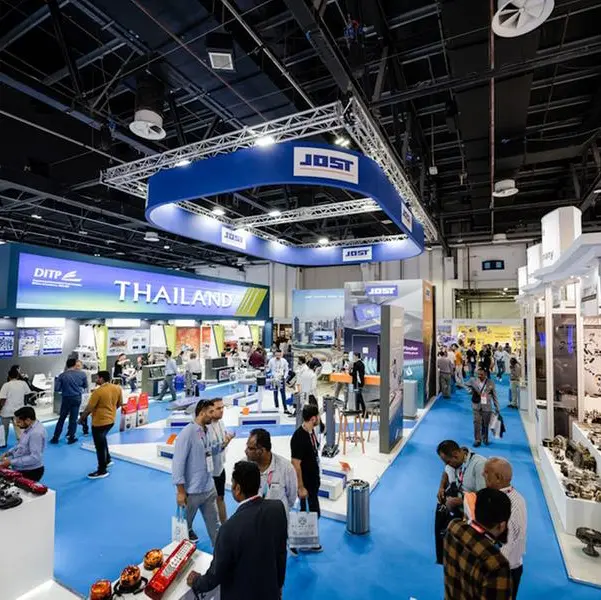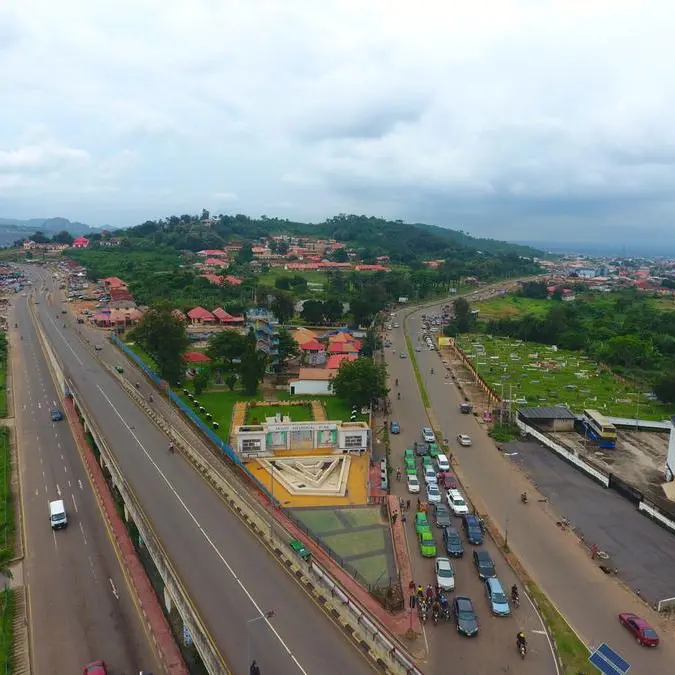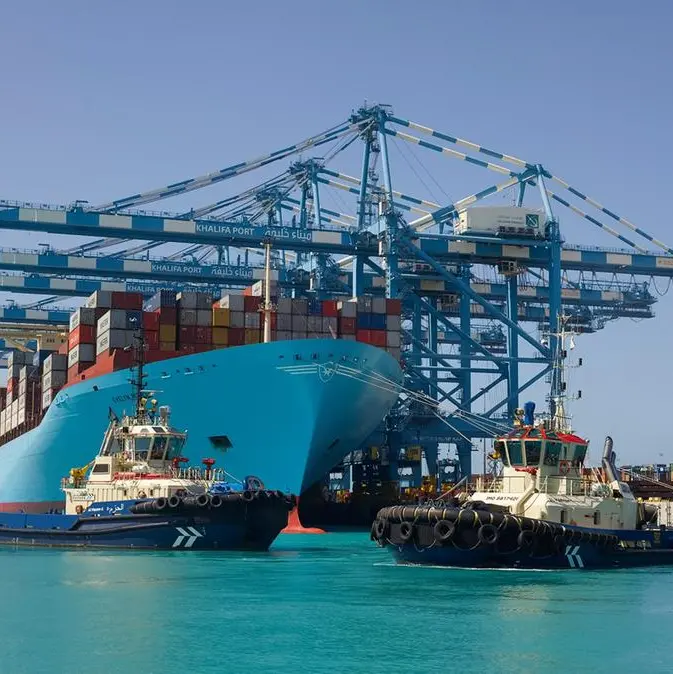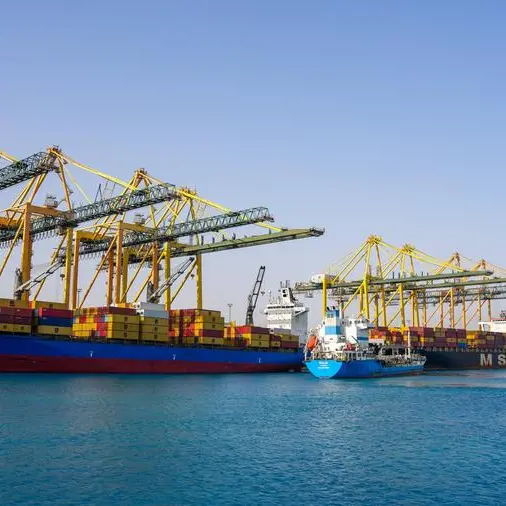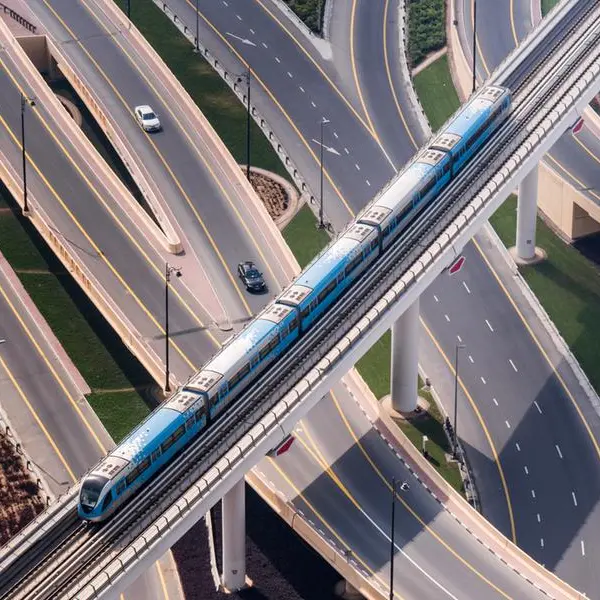PHOTO
Qatar - The Public Works Authority (Ashghal) has completed the main works of the Roads and Infrastructure Development project in Al Egda, Al Heedan and Al Khor (Package 1).
The completion rate, according to a statement from Ashghal, reached about 95%.
The project is located West of Al Bayt Stadium, covering Al Egda area west of Al Khor Road and Al Heedan area east of the road.
Engineer Abdulla al-Naemi, head of the Northern Areas Section at Ashghal’s Roads Projects Department, said the project serves 738 plots for citizens and aims to achieve vast improvements in the area by developing internal streets and infrastructure services such as rainwater and sewage drainage networks, allowing citizens to start building their houses and providing connectivity with future public facilities in the area.
Engineer Essa al-Hillabi, project engineer in the Northern Areas Section, said the project works include providing a 19km road network, with the provision of traffic safety elements such as street lighting systems and poles, signboards and road signs in addition to the construction of 38.8km long pedestrian and cycle paths.
The project also included the construction of a 23.7km sewage network, a 33km surface and groundwater drainage network, a 6.7km treated water network and a 20.4km potable water network. These are in addition to the construction of an emergency rainwater storage tank with a capacity of 44,000 cubic metres with the aim of reducing water accumulation during the rainy season.
The percentage of local components exceeded 75% of the total materials used. One of the challenges faced by the project team is the high groundwater level in the area. The rocky nature of the area’s soil also delayed the completion of some excavation work. In addition, implementing deep well excavation work for the project's infrastructure networks required excavations at a depth of up to 5-7m underground. It also required increasing safety procedures to ensure workers' safety.
The project is divided into four smaller phases that will be implemented in succession, where machinery, equipment and human resources are focused to accelerate the completion of each phase. This is to reduce the impact of construction work on the local residents. of the area. However, this leads to an increase in the total period of the project compared to working on the entire project area at once.
© Gulf Times Newspaper 2022 Provided by SyndiGate Media Inc. (Syndigate.info).
